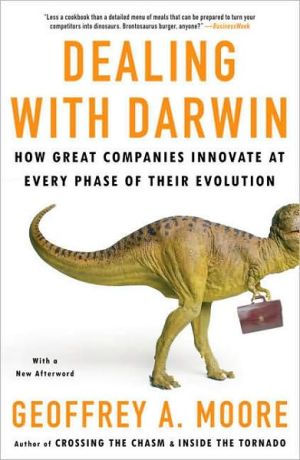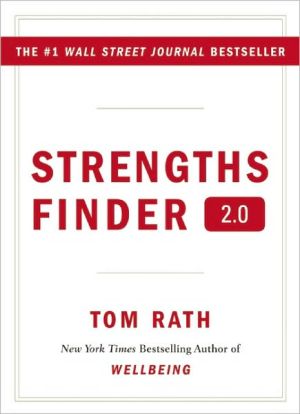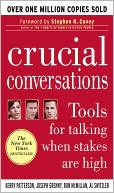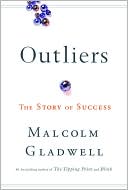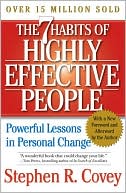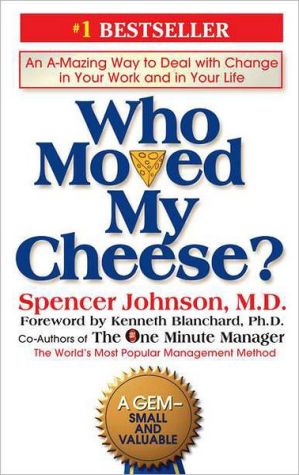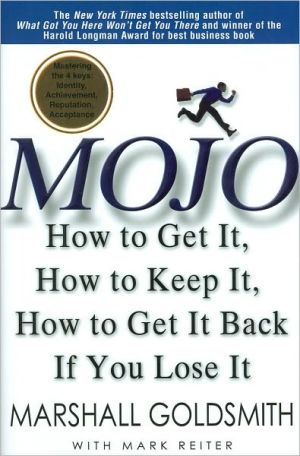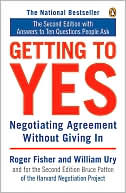Dealing with Darwin: How Great Companies Innovate at Every Phase of Their Evolution
You've Read The Headlines: industry after industry battered by globalization, deregulation, and commoditization. The Darwinian struggle of business keeps getting more brutal as competitive advantage gaps get narrower and narrower. Anything you invent today will soon be copied by someone else-probably better or cheaper.\ Dealing with Darwin is a guide to leading your company's evolution and creating competitive advantage in an increasingly tough climate. Drawing on hundreds of examples,...
Search in google:
The Darwinian struggle of business keeps getting more brutal as competitive advantage gaps get narrower and narrower. Anything you invent today will soon be copied by someone else—probably better and cheaper.Many companies thrive during the early stages of their life cycle, only to fall slack during periods of inertia and die out while others surge ahead. But as Geoffrey Moore shows, some notable companies have figured out how to deal with Darwin in their mature years—making changes on the fly while fending off challenges from every quarter. Ed Zander Dealing with Darwin provides a lucid and engaging perspective on managing innovation. (Ed Zander, CEO, Motorola)
Preface : what this book is about and how it came to be1The economics of innovation52Innovation and category maturity133Innovation and business architecture294Types of innovation615Managing innovation in growth markets736Managing innovation in mature markets1107Managing innovation in declining markets1688Managing innovation in your enterprise1929Extracting resources from context20910Repurposing resources for core23511Managing inertia in your enterprise256
\ BusinessWeekLess a cookbook than a detailed menu of meals that can be prepared to turn your competitors into dinosaurs. Brontosaurus burger, anyone?\ \ \ \ \ Ed ZanderDealing with Darwin provides a lucid and engaging perspective on managing innovation. (Ed Zander, CEO, Motorola)\ \ \ Boston GlobeMoore has delivered an innovative and instructive treatise on innovation.\ \ \ \ \ Strategy and LeadershipDealing with Darwin is teeming with ideas and practical advice.... Moore's new book is a very significant and valuable addition to the strategist's bookshelf.\ \ \ \ \ Soundview Executive Book SummariesBusiness is becoming increasingly competitive - globalization, deregulation and commoditization have taken their toll everywhere you look. Companies are forced to innovate or fold; it's a constant pressure that goes beyond mere competition - it's about survival. Who will the survivors be? The ones that win the scarce resources of customer purchases; the ones that gain customer preference because of their innovation; the ones creating next-generation offers and raising the bar for the future. It's evolution in every sense of the word. Survival of the fittest. In this summary, bestselling author and consultant Geoffrey A. Moore puts into clear relief the fact that innovation is not an optional "nice-to-have" in business - to innovate forever is a design specification. It's no longer a strategy; it's a requirement.\ Foundation Models\ The economic argument in favor of innovation focuses on pricing power - avoiding commoditization and the resulting vendor price wars brought about by consumers simply searching for the best deal. Over time in these situations, the market stabilizes at prices at or below cost, creating returns for investors below the cost of capital. Investors do not stay in marketplaces like these very long. When innovation is applied, however, offers become more and more differentiated from one another, leading to different ones becoming the preferred choice for different market segments. Vendors in those segments then have pricing power, and the markets stabilize at prices well above cost, creating returns above the cost of capital, attracting more investment.\ The Economics of Innovation\ In essence, when innovation creates differentiation, it creates attractive economic returns. This is not, however, the only possible outcome from innovation. In addition to differentiation, there are three other possible outcomes: neutralization, productivity improvement and waste.\ Types of Innovation\ To better understand the various types of innovation, Moore organizes these types into clusters. The innovation types fall into these four clusters or innovation zones: the product leadership zone, the customer intimacy zone, the operational excellence zone and the category renewal zone. Beyond these zones, innovation strategies are formed, one that gives every promise of creating the separation you need from your direct competitors, earning the customer preference your profit margins require. Now, says Moore, you must overcome the inertia of your own organization that fosters resistance to making the changes necessary to implement it.\ Managing Inertia\ Inertia is not the enemy of innovation, but it does resist it at the point of change. Therefore, at that very point, management must learn to deconstruct inertia in order to reconstitute it elsewhere. You must extract resources from context in order to repurpose them for core. Context includes most of the things you do to meet commitments to key stakeholders and to comply with industry laws and standards. Core is that which differentiates your company to create sustainable competitive advantage. Extracting resources from context to repurpose for core accomplishes three key objectives:\ \ It solves your balance sheet problem, enabling you to fund your future from your current asset base.\ It solves your income statement problem, enabling you to increase the revenues and margins earned by your current asset base.\ It solves your inertia problem. By taking mass out of context, you reduce its inertial resistance to core. The more mass you move from context to core, the more powerful this change dynamic will be.\ \ \ \ \ Natural selection is a game with no time-outs. It does, however, allow for unlimited substitutions. Resource recycling not only delivers efficiency; it also provides refreshment. There is respite for the weary as long as it is followed by an energized willingness to re-engage. Communities need abiding sources of employment. Customers need stable sources of supply. Governments need a vital tax base. Investors need opportunities to create attractive returns. We are all more or less strategically aligned. We are just being asked to execute at a new level of competitiveness. Copyright © 2006 Soundview Executive Book Summaries\ \ —Soundview Review\ \
